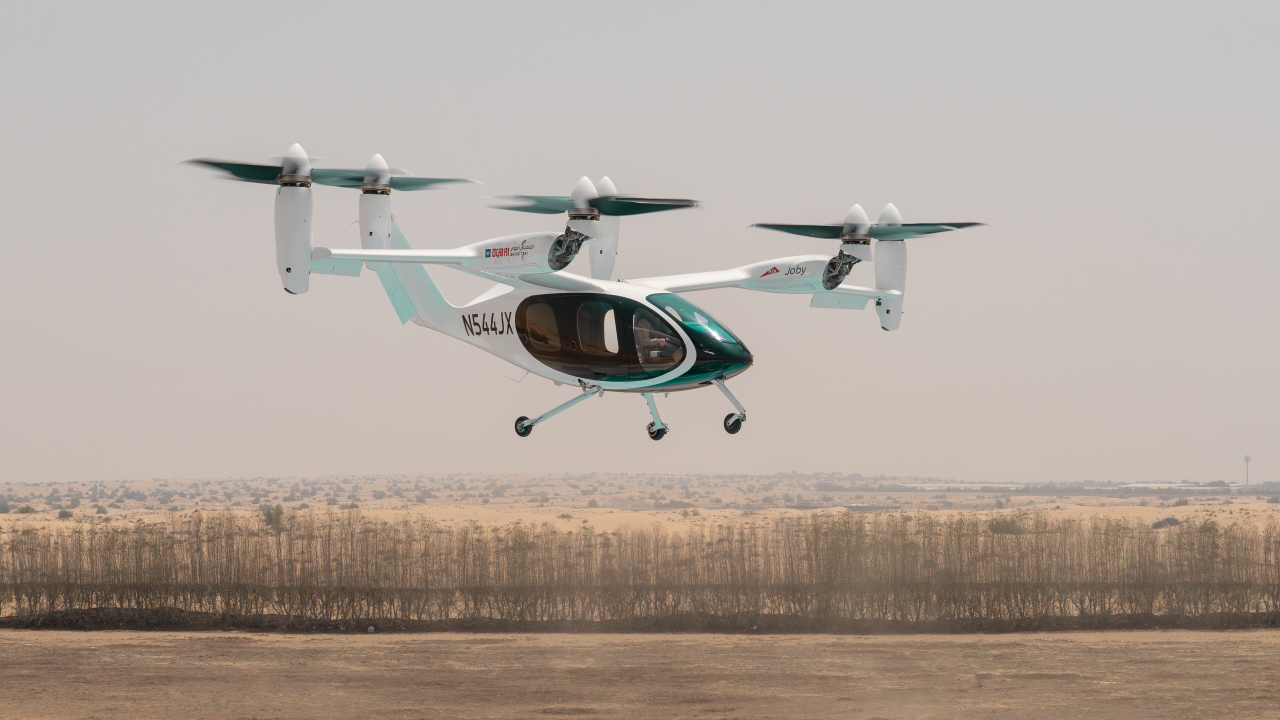Destination Morocco: Solar Impulse departs for its first intercontinental flight

The aircraft is due to take flight tomorrow at 06:45am (UTC+2) from Payerne, Switzerland, with final destination Rabat, Morocco. The prototype will land in Madrid, Spain, for a technical layover, as well as to change pilots, at around 02:00am (UTC+2).
The Solar Impulse team will participate in MASEN’s commencement of construction activities in the Ouarzazate region of what will be the world’s largest thermo-solar power plant. With a capacity of 160 megawatts, the plant is part of Morocco’s energy plan, the goal of which is to build, by 2020, five solar parks with the capacity of 2,000 megawatts, reducing CO2 emission by 3.7 million tonnes.
Borschberg and Piccard will alternately pilot the solar airplane to complete the challenge, flying for over 2,500km without a drop of fuel. The first leg of the flight will be completed by Borschberg. The aircraft will take-off tomorrow from the Payerne airfield, Switzerland, crossing the border via the Jura in the direction of Pontarlier, France, ascending to an altitude of 3,600m. The aircraft will then fly over the Massif Central and proceed in the direction of Toulouse before crossing over the Pyrenees at an altitude of 8,500m. The prototype is expected to land at Madrid-Barajas airport sometime around 02:00am (UTC+2), avoiding the peak of international air traffic. Piccard will then take the lead and take-off some days thereafter crossing the Gibraltar strait and will land in Rabat in the evening.
This flight will act as a final dress rehearsal for the 2014 round-the-world flight. It will also prepare the Solar Impulse team to face challenges of regular air traffic patterns, cooperation with international airports and logistic maintenance issues.
Stay up to date
Subscribe to the free Times Aerospace newsletter and receive the latest content every week. We'll never share your email address.

